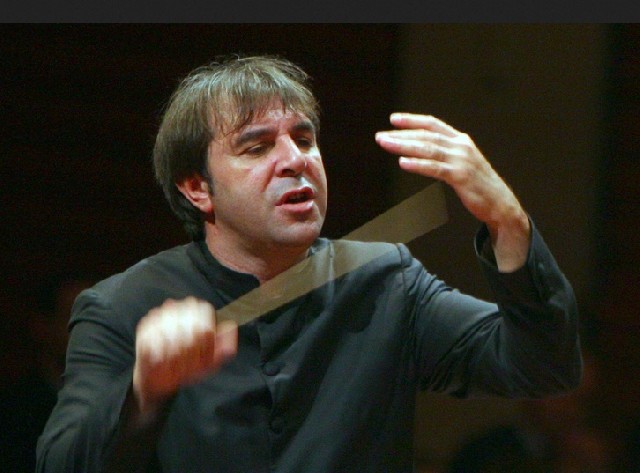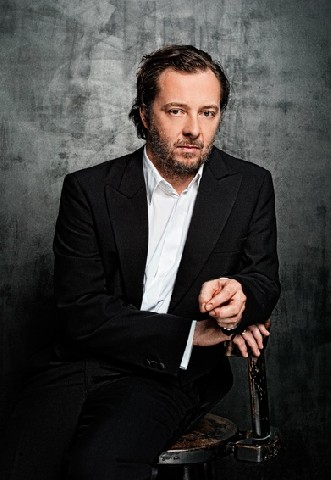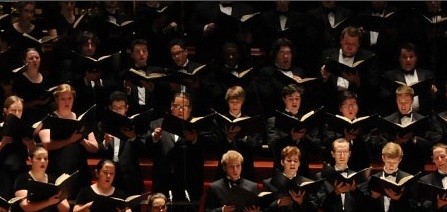Gatti and Vienna Philharmonic's Brahms' Requiem
Damrau, Gerhaher and Westminster Choir at Carnegie Hall
By: Susan Hall - Mar 02, 2015
Vienna Philharmonic Orchestra
Daniele Gatti, conductor
Johannes Brahms, German Requiem
Diana Damrau, soprano
Christian Gerhaber, baritone
Westminster Symphonic Choir
Joe Miller, conductor
Carnegie Hall
New York, New York
March 1, 2015
March came in like a lion as the Brahms' German Requiem was performed by the Vienna Philharmonic under the baton of Daniele Gatti, off book. From the first hint of the strings, and the whispers of the Westminster Choir, to the final prayer, the musicians held us rapt. The pace was magisterial and often processional, the tempi slow, but never slogging.
The Westminster Symphonic Choir sang as one, a rare feat for choral groups. The velvety tone emerged from mouths that opened at the same time and to the same height. Joe Miller, conductor of the choir, is a wizard to produce this quality.
The choir and orchestra often support each other, and also talk back and forth. These were among the many highlights of the afternoon.
In the orchestra particularly the flutes were distinctive, providing textual contrast to the soloists' voices and joining in quality the timbre of the choir. Double basses, plucked and stroked, stood out. So too did the absence of female performers (two by my count).
Christian Gerhader sang baritone for "Lord, make me to know" and "For here we have no continuing city." His passion for the music was clear in the meaning of the words he almost spoke, caressing and then charging them with meaning.
Diana Damrau, a dashing diva of opera and screen, was in just the right mood for the Requiem. Her blond hair tumbled free around her shoulders. She wore simple pearl earrings and a pearl necklace. Her black dress swept to the floor, gathered in layers.
Damrau sang very quietly, with careful attention to the shape of the phrase. Yet she was not in the least mawkish. The audience bent in to her as she sang with reverence. Her hands were one of the many pleasurable details. They circled and soothed. At the end of a phrase, the thumb and forefinger formed a concluding loop.
She sang lightly but with a full voice. The notes bounced gently on bubbles of air, a soft breath for the living. The vibrato did not interfere with the mood of the moment and colored the interface with the orchestra.
Brahms is said to have added the soprano aria after the work was finished. His mother had recently died. The entire work is couched in religion, but Brahms does not use certain terms that are specific to any one faith. He wanted this Requiem to be for everyone. At Carnegie, it was. As Brahms himself wrote, How lovely is this dwelling place.




